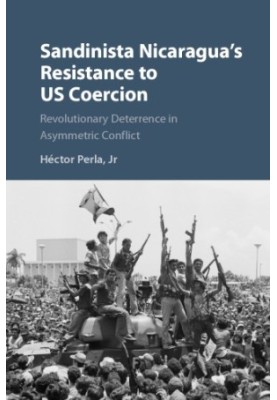Sandinista Nicaragua’s Resistance to US Coercion: Revolutionary Deterrence in Asymmetric Conflict
 Instant download
Instant download
after payment (24/7)
 Wide range of formats
Wide range of formats
(for all gadgets)
 Full book
Full book
(including for Apple and Android)
How was the Sandinista National Liberation Front (FSLN) of Nicaragua able to resist the Reagan Administration's coercive efforts to rollback their revolution? Hector Perla challenges conventional understandings of this conflict by tracing the process through which Nicaraguans, both at home and in the diaspora, defeated US aggression in a highly unequal confrontation. He argues that beyond traditional diplomatic, military, and domestic state policies a crucial element of the FSLN's defensive strategy was the mobilization of a transnational social movement to build public opposition to Reagan's policy within the United States, thus preventing further escalation of the conflict. Using a contentious politics approach, the author reveals how the extant scholarly assumptions of international relations theory have obscured some of the most consequential dynamics of the case. This is a fascinating study illustrating how supposedly powerless actors were able to constrain the policies of the most powerful nation on earth.
LF/494917962/R
Data sheet
- Name of the Author
- Héctor Perla
Jr. - Language
- English
- Series
- Cambridge Studies in Contentious Politics
- Release date
- 2016


























